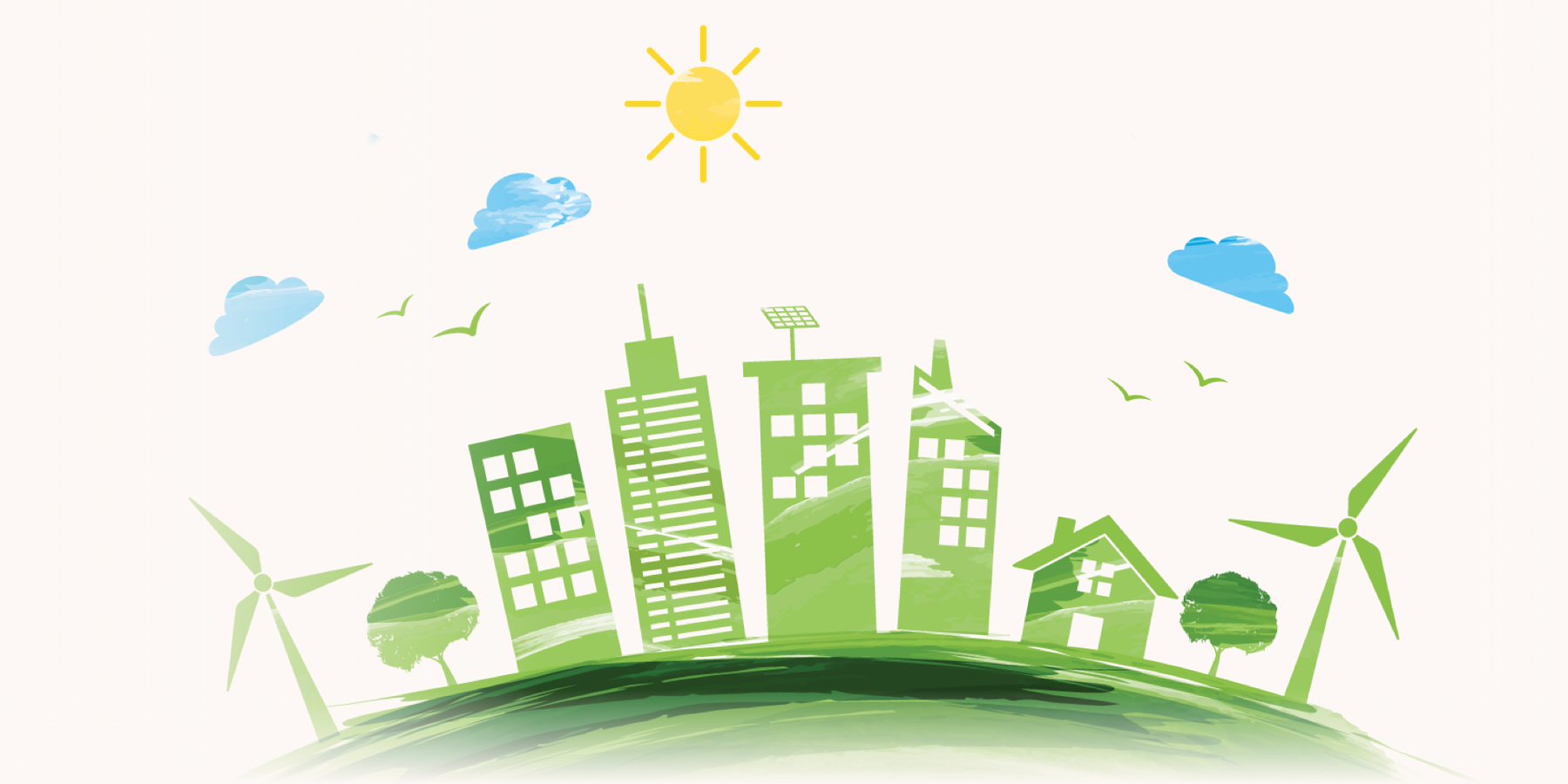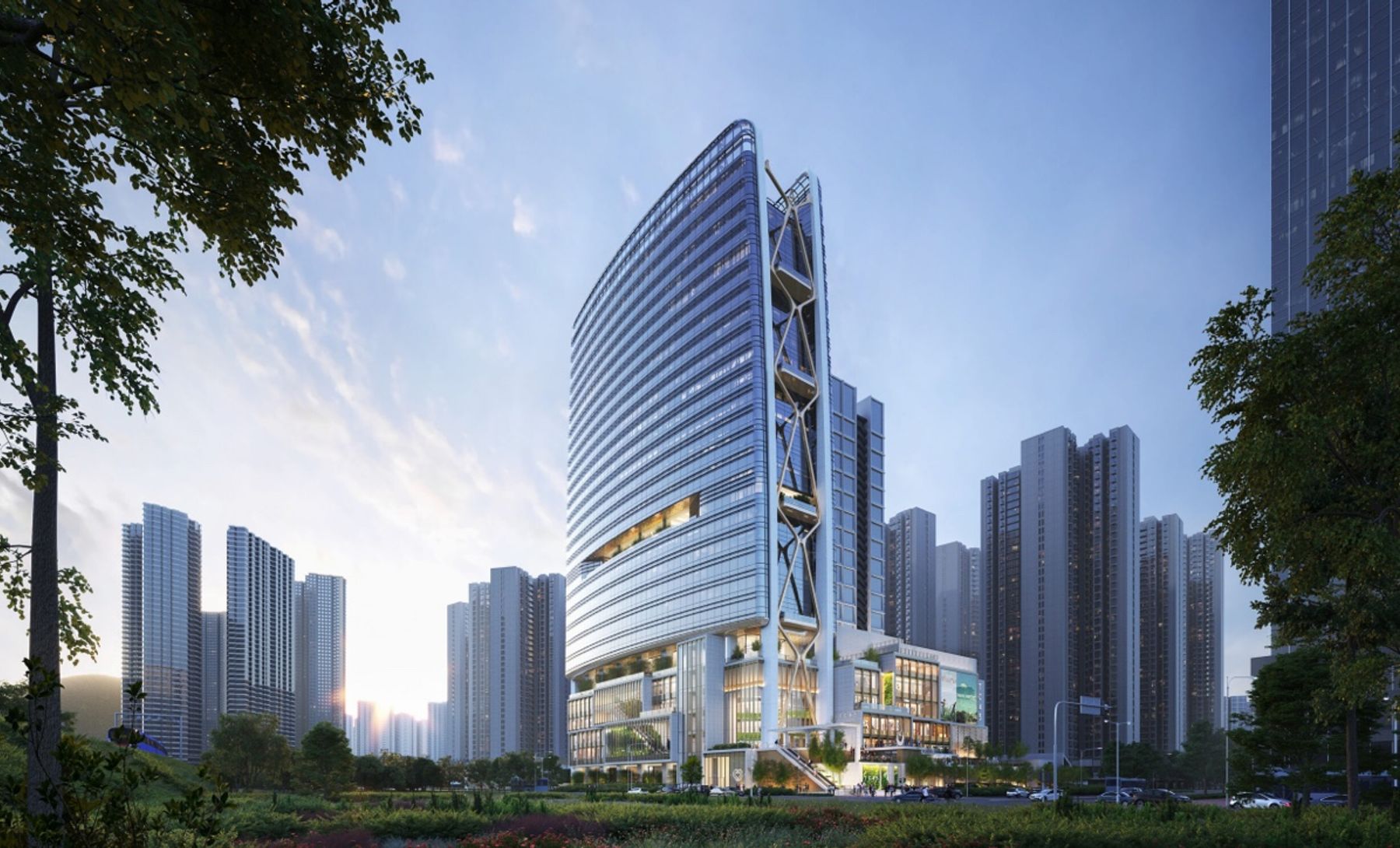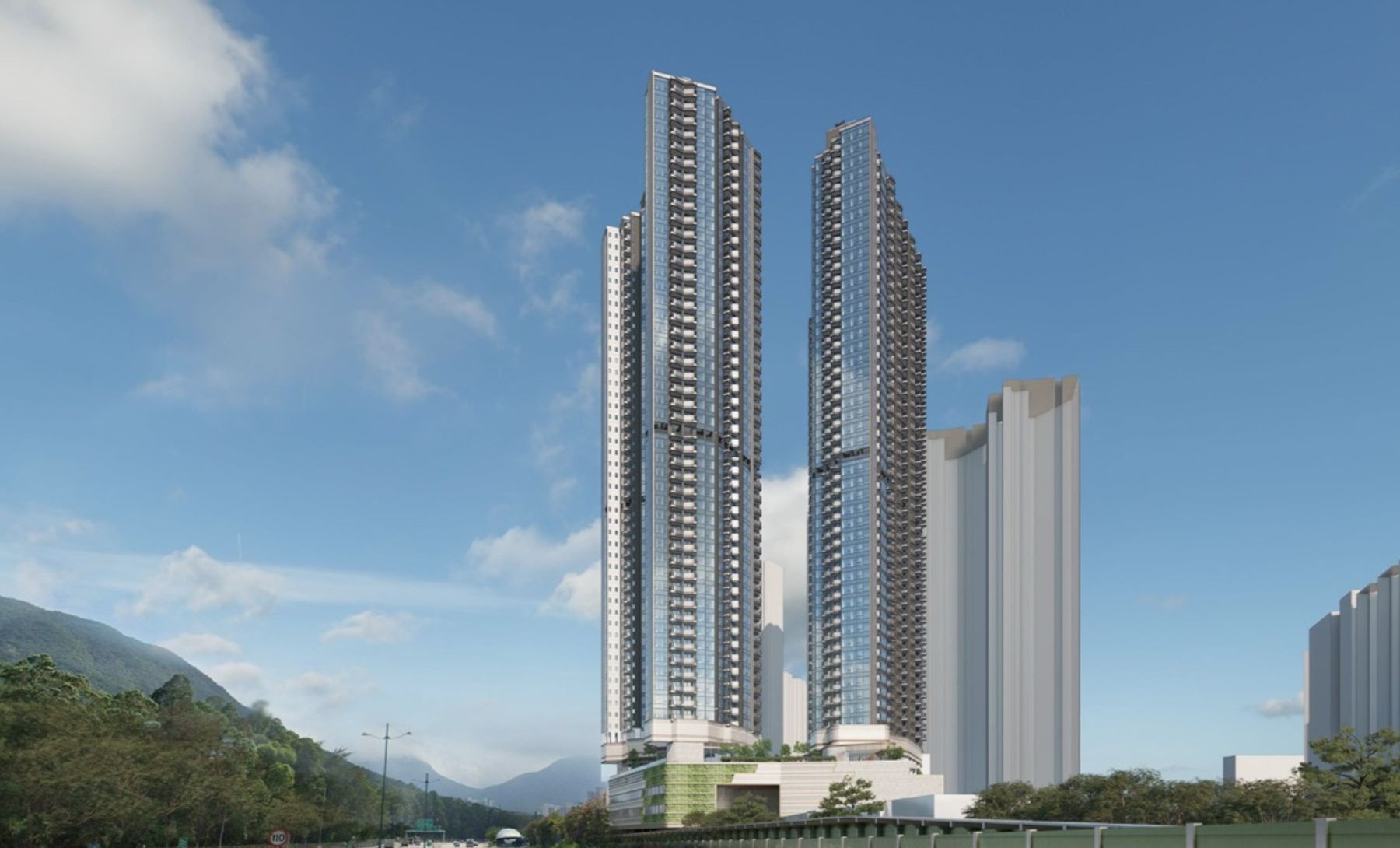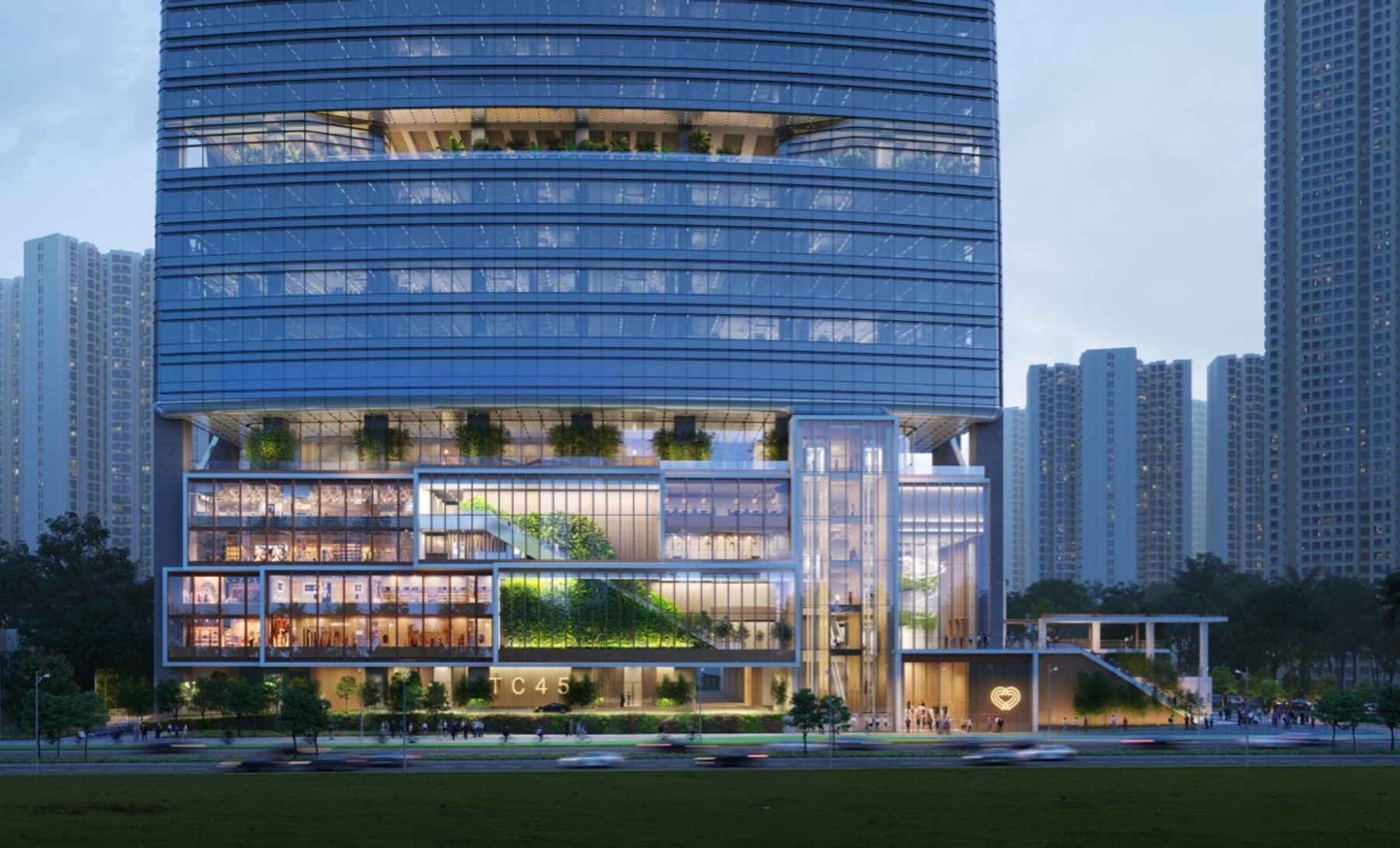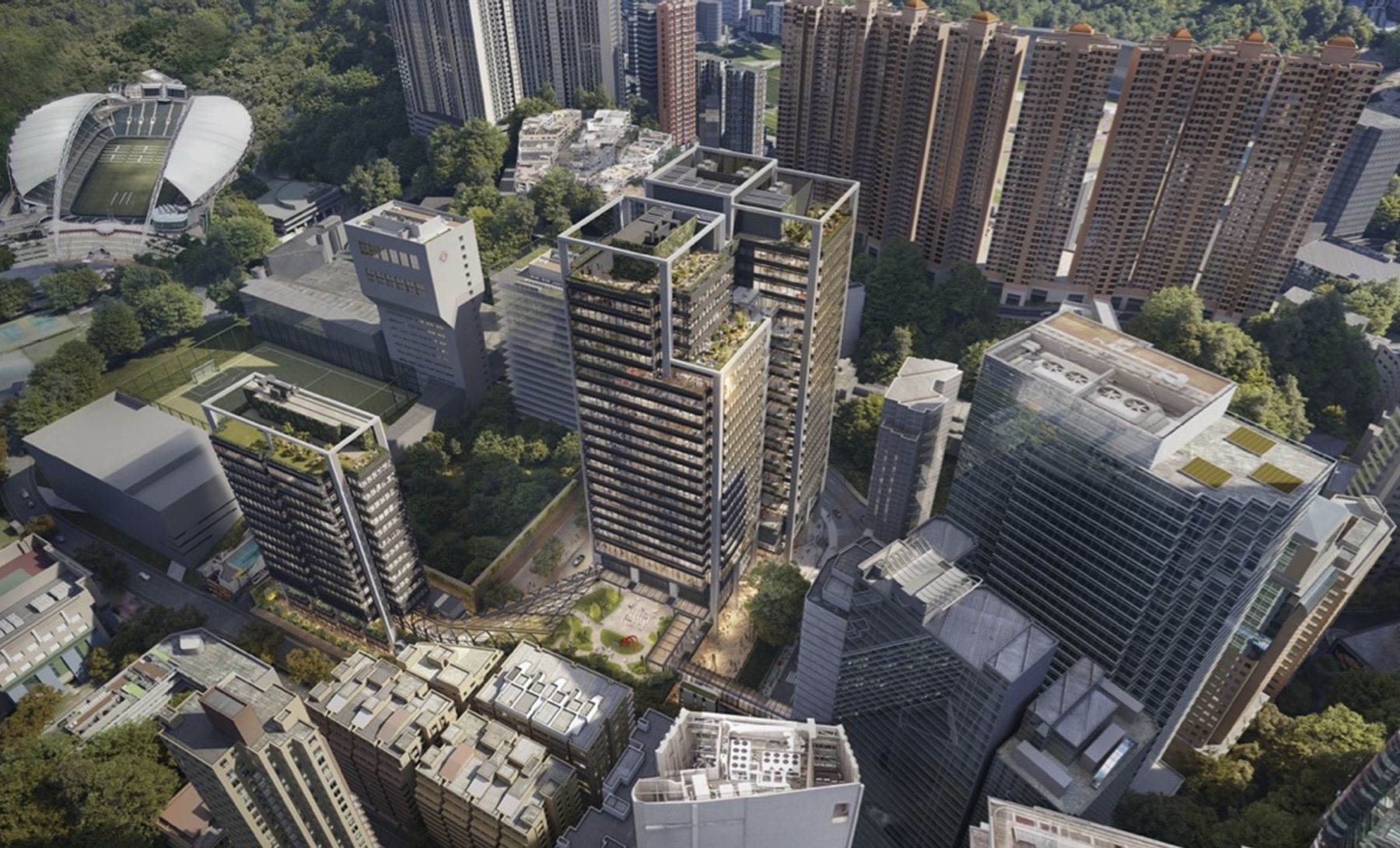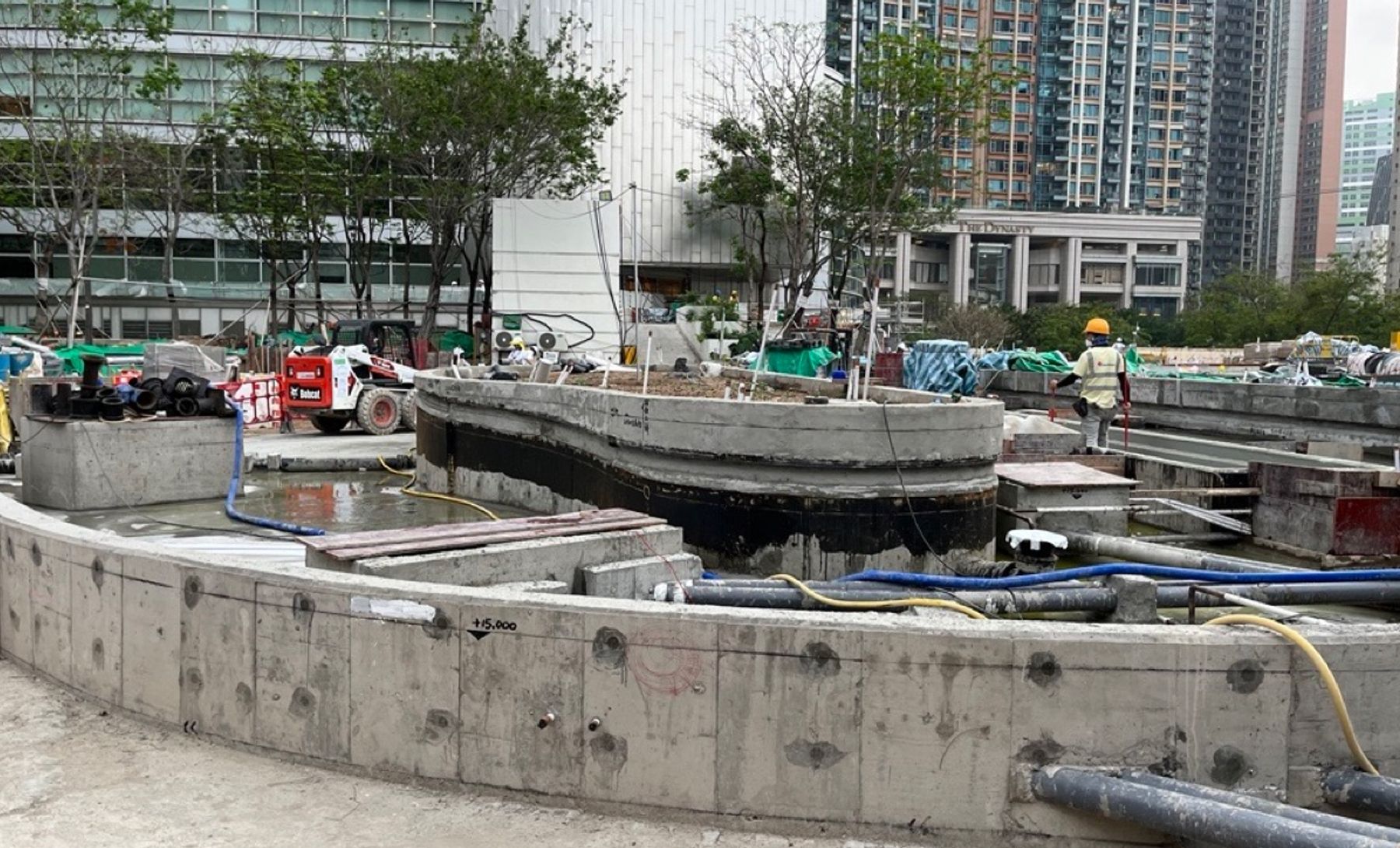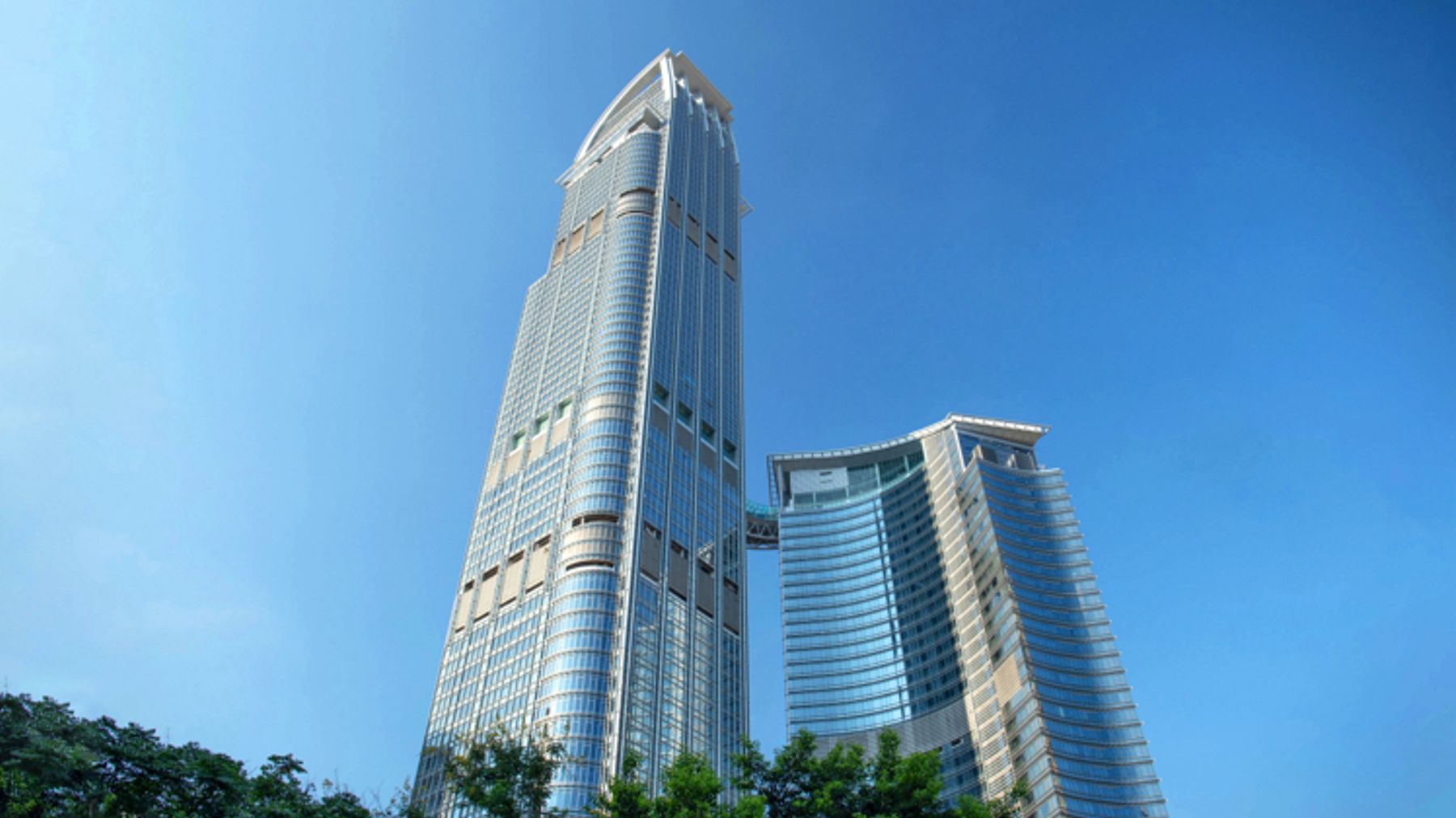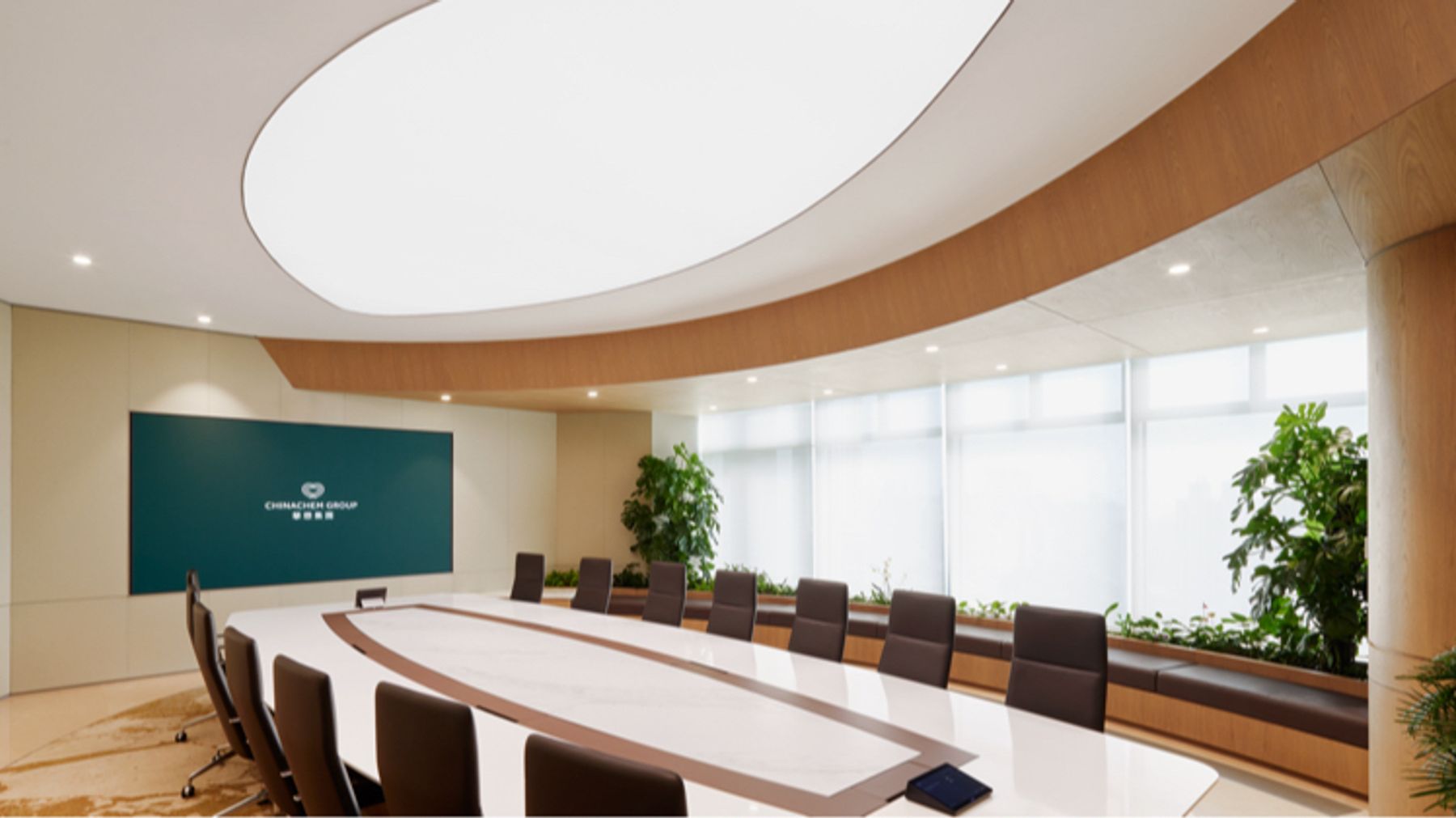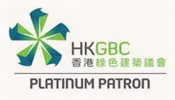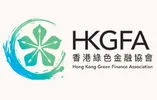Innovating Green Building Design
Demonstrating Green Building Leadership
Sustainable building has been a key aspect of the Group’s sustainability strategy, reflecting our strong commitment to environmental responsibility and safeguarding the planet. Recognising that construction and property development account for a significant part of our environmental impact, we prioritise energy and resource efficiency to minimise the environmental footprint of our projects while enhancing the well-being of occupants. Our new developments incorporate advanced sustainable features, including Building Information Modelling (“BIM”), Modular Integrated Construction (“MiC”) method, smart IoT systems, and Multi-trade Integrated Mechanical, Electrical, and Plumbing (“MiMEP”), demonstrating our commitment to innovative and environmentally responsible design.
Establishment of Guidelines for Sustainable Design and Procurement
Our commitment to green building is driven by our Guidelines for Sustainable Design and Procurement (“the Guidelines”), which provide clear instructions for every stage of property development, from selecting service providers to the design and construction phases. The Guidelines are structured to promote sustainability in property development by supply chain management, providing a comprehensive framework and checklists for tenderers and contractors. The Guidelines include pre-qualification and qualification checklists, prioritising tenderers who demonstrate strong sustainability practices through bonus requirements. Furthermore, to implement sustainable designs, products and services, and strive to achieve Net Zero, the Guidelines also specify sustainable KPI checklist as well as the additional sustainable features checklist containing the innovative and sustainable technologies. Additionally, an incentivised penalty system has been implemented to encourage service providers to reduce consumption on the natural resources and damage to the Earth by upholding high standards in project delivery and green design performance. Through these measures, we strive to lead our way in green building development. In 2024, we updated the sustainability selection criteria and procedures outlined in the Guidelines to strengthen our commitment to environmental responsibility. Key updates include the introduction of a pre-qualification check for any environmental-related litigation or arbitration cases, as well as the requirement for tenderers to be signatories of decarbonisation initiatives as part of the tender qualification process. To align with our carbon reduction roadmap, we have added Zero-Carbon-Ready Building Certification by Hong Kong Green Building Council (“HKGBC”) to our sustainable KPI checklist. Furthermore, we have incorporated Scope 3 GHG emissions and embodied carbon requirements into the sustainable KPIs for all new major projects, mandating that main contractors monitor and report on Scope 3 emission performance and reduction efforts.
Our Commitment
New major project to attain the 2nd-highest rating of BEAM Plus, and target the 2nd-highest rating for LEED and WELL.
Our Achievements
BEAM Plus certified*
LEED certified
Registered under BEAM Plus and WELL for new developments
WELL certified*
Of existing properties with BEAM Plus/ LEED/WELL building certificates1
* Covering both Provisional and Final Assessment certificates in BEAM Plus and both Pre-certified and Certified projects in WELL as of June 2024.
1 Covers the number of Provisional Assessment and Final Assessment certificates for Existing Buildings as of 30 June 2024.
Highlights of Our Green Projects
Tung Chung Business Hub
Located on the northwestern coast of Lantau Island in Hong Kong, Tung Chung East is envisioned as a cutting-edge hub for business and commerce. The project has been designed in alignment with Platinum ratings under BEAM Plus NB Version 2, LEED Version 4 BD+C Core and Shell, and WELL Building Standard Version 2.
Embodied Carbon
The adoption of BIM and MiMEP will improve productivity and reduce construction waste. To further reduce embodied carbon during construction, contractors will be required to use early power-on systems, which enables electrification at the early stages of construction to reduce the energy consumption powered by other energy sources. They will also be encouraged to use battery energy storage and bio-diesel generators for temporary power to further support sustainable energy practices.
Sustainable Mechanical, Electrical, and Plumbing Systems
The project is designed to incorporate a district cooling system to enhance energy efficiency by optimising the design and sizing of pumps, pipes, and fittings. The installation of electrically commutated plug fans will further reduce energy consumption. Additionally, building-integrated photovoltaics solar fins on the southfacing façade and roof-mounted PV panels will generate renewable energy to offset carbon emissions. It targets an annual energy utilisation index (“EUI”) of 76 kWh/IFA m² for the landlord office area, 31% lower in comparison to the Electrical and Mechanical Services Department’s benchmark for Grade A Office.
Smart IoT Systems
The project has planned a robust network for occupants by implementing Wi-Fi 6E, 5G, or the most advanced technology available at the time of installation. It will also integrate an AI-enabled digital twin, a smart car park management system, an access control system, AI-powered video analytics for CCTV, and future-proof infrastructure. These advanced features would enable real-time monitoring, analysis, and optimisation of building performance, enhancing operational efficiency and adaptability.
Tung Chung Traction Substation Residential Development
The residential development at Tung Chung Traction Substation has been designed to achieve provisional Platinum ratings under BEAM Plus NB Version 2.0 and WELL Building Standard Version 2 Precertification. The MiC technique will be employed to develop approximately 2,000 flats. This approach shall enable significant reduction of construction waste and noise pollution while enhancing productivity.
Low Carbon Construction
The project will incorporate a green concrete initiative and use low-carbon construction materials in the MiC modules for the residential portion. These measures can significantly reduce embodied carbon emissions, contributing to a more sustainable built environment.
Natural Ventilation and Acoustic Comfort
The project is designed with the concept of prioritising occupant wellbeing and environmental comfort. Air Ventilation Assessment will ensure the development supports natural wind flow, reducing the urban heat island effect and improving outdoor comfort for residents and pedestrians. UV-C sterilisation technology can enhance occupant health by minimising the risk of infectious diseases, while acoustic treatments in residential units balance air flow with noise reduction, ensuring a comfortable living environment.
Smart Monitoring
Advanced smart systems enhance operational efficiency and safety. A smart drainage network will be adopted to monitor water levels and hazardous gases in real-time, improving response to potential risks. The Smart Site Safety System shall integrate IoT technology to monitor construction activities, reducing risks by alerting workers to potential hazards and ensuring compliance with safety standards. These innovations will enhance workplace safety and optimise site management.
Embracing Innovation and Sustainability in Construction Practices
The Group has adopted MiMEP in various projects as part of our commitment to sustainable and efficient construction practices. MiMEP is an innovative construction approach where mechanical, electrical, and plumbing systems are prefabricated off-site in a controlled environment, then transported and assembled on-site.
This method offers numerous benefits, including enhanced construction efficiency, improved quality control, reduced material waste, and shorter project timelines. By minimising on-site work, MiMEP also contributes to a safer working environment and lowers carbon emissions associated with traditional construction processes.
Tung Chung Business Hub
As a project for business and commerce of the Group, Tung Chung Business Hub shall adopt MiMEP in its pump rooms, fan rooms, and air handling unit rooms to improve productivity and reduce construction waste.
Lee Garden Eight
Lee Garden Eight, a joint venture commercial property development project of the Group and Hysan Development, incorporates MiMEP across 85% of the project, achieving Hong Kong’s highest private sector adoption rate while reducing environmental impact, enhancing worker safety, and improving overall construction efficiency.
Sustainable Construction Materials
Ensuring our projects being steered by environmentally friendly practices has been our top commitment, as we strive to reduce the noticeable impacts of our embodied carbon and construction materials on the environment and natural resources. We have adopted a design thinking approach that considers the entire life cycle of building materials, from sourcing to disposal, to minimise our ecological footprint. To achieve this, we use materials from renewable and recycled sources, employ energy-efficient technologies and promote waste reduction and recycling. For instance, One Hennessy has adopted 100% low VOC content materials and wood-based products that are free of urea-formaldehyde. More than 20% of the construction material used are from recycled materials, and over 50% of the wooden building materials used are FSC-certified. In addition, the construction waste recycling rate of the project is over 94%.
Our commitment to sustainable building practices aligns with our goal of creating properties that are aesthetically appealing, fully functional, cost-effective, environmentally responsible and resilient. The Guidelines for Sustainable Design and Procurement encourages the adoption of Construction Industry Council (“CIC”)-certified green products or equivalent alternatives as construction materials in our major projects. For all new building projects, embodied carbon from raw material acquisition to handling is included in the sustainable KPI checklist. Additionally, aligning with our sustainability goals, particular alteration and addition projects must achieve at least a 10% reduction in embodied carbon for major construction materials, compared to the project’s estimated total embodied carbon without incorporating green construction materials.
Case Study
Sustainable Construction Materials Used in Nina Park
To reduce carbon emissions, Nina Park has fully adopted green concrete that received platinum certificate by the CIC Green Product Certification Scheme during the construction phase. This resulted in 41.6% less carbon emissions compared to traditional approach, equivalent to 260.3 tCO2 saved.

